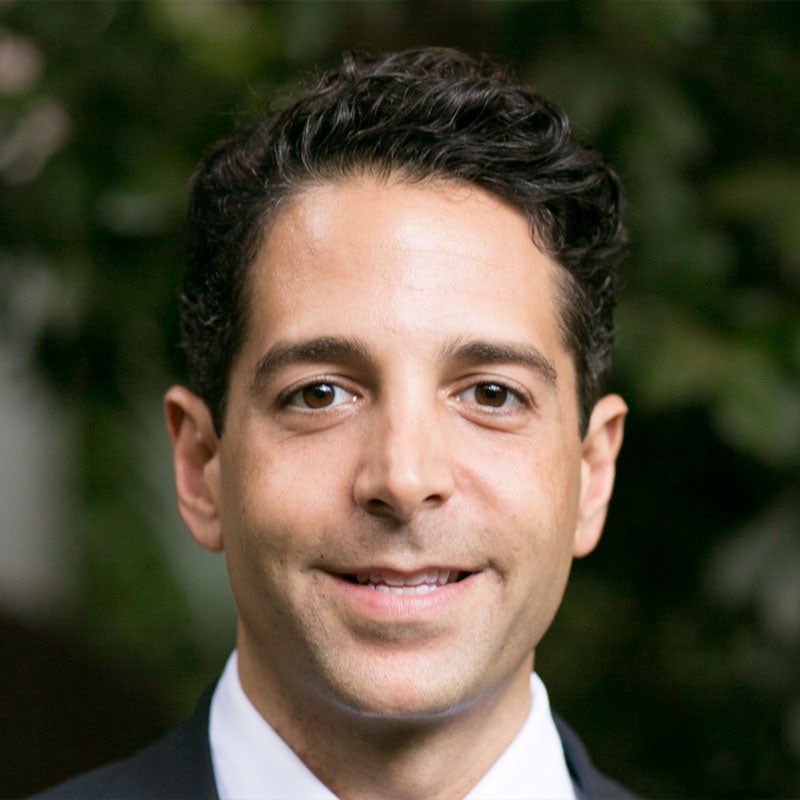
With “social media” the buzz phrase of the hour (much like Web 2.0 a few years back), many brands are scrambling to incorporate social media strategies to avoid looking out of touch or behind the times. To many, it would be an unforgivable sin to admit that they don’t fully understand an emerging technology.
So they dabble. This leads to widespread confusion, proliferation of false or misleading information, and worst of all, poorly thought out executions. Mistakes abound in the brand world and the agency world when it comes to social media.
Social media is about socializing, which requires two-way interaction between individuals. The problem is, a brand is not an individual, so how does one go about socializing with a brand? I realize corporations are afforded the same constitutional protections that individuals do, but it’s still a little unnerving to receive a tweet from @Viacom or @FritoLay. Who exactly is speaking? Some companies (like Viacom) address the issue by simply not speaking to individuals directly, but instead to the Internet in general (a big no-no in the social media world.) Others like Frito-Lay respond directly as some vague corporate spirit – perhaps Chester Cheetah.
During interaction, brands can’t just talk at people while ignoring what they have to say. If you want consumers to listen to you, you must first listen to them. If you want Twitter followers, then follow others. If you want people to comment on your posts about your brand, comment on theirs. If you want people to watch the videos you’ve posted to YouTube, subscribe to other users’ channels – or better yet, post a video response to one of their videos.
In truth, and most savvy publicists know this, social media has more in common with public relations than it does with marketing or advertising. So posting an update about a brand’s new and improved formula is equivalent to creating a press release announcing your brand marketer’s new baby: Nobody cares. Your content is only consumed voluntarily, so it has to be valuable and important enough to pay attention to. Otherwise, your social media outreach has become spam – also affectionately known as waste of money.
Brands often forget that the power of social media isn’t simply that it’s a new channel to reach consumers, but that it’s an opportunity to get others to deliver content on your behalf, which is much more likely to have a profound impact. Again, similar to PR, media relations pros don’t target writers or journalists as if they are the brand’s customer. The PR pros help the media see the brand’s messaging as news in the hope that they’ll share that news with their audience. Such is social media. Communicating with your network is great, but the end goal should always be to convince THEM to communicate YOUR messaging to THEIR network.
Let’s say you’ve gotten several hundred people to add your brand to their tweets because you’ve enticed them with a sweepstakes offer. So what? What now? Social media is only effective if it’s utilized with a specific goal or goals in mind. Are you trying to acquire new consumers? Drive sales from existing customers? Improve brand reputation? Streamline customer service? Each reason has a different tactic in order to achieve success, and a different metric to gauge success by. You can’t just drive traffic to the wrong place.
As an example, let’s imagine that you’ve read a well-written and insightful article in a business publication. You decide to share the link via social networking. Ok, you’ve shown your connections how “in-the-know” you are, and now they’ll beat a path to your door seeking your wealth of expertise, right?
Wrong. You haven’t actually done anything except send a potential/existing customer to someone else’s Web site. Always drive traffic to your own brand Web site. Don’t just share what someone else said; share what you have to say about that someone else said. Not only will this establish you as more than just a “link sharer” with no insights of your own, but by adding your own two cents, you’ll often get attention from the original source of information you’re commenting on. Two birds with one stone. The one potential exception would be re-tweets, with the goal of “sucking up” to the original poster.
This may cause some head scratching, but people are still most likely to discover brand content or messaging through plain old fashioned Google searches. That includes the content you’re posting to social media. So brands, no matter the size, must have a focused SEO effort with specifically targeted keywords and phrases. Then, treat your social media outreach as an extension of that effort. What many brands fail to see is that simply posting links to the brand’s site via comments or posts will not improve search rankings.
Brands often produce content and then want to know how it can be shared virally through social media. The better question to ask is: “How can my brand get our target audience to produce content for us and let them to share it via social media?” Not only does this reduce costs by not having to self-produce amazing content, but it also guarantees that people will share the content that they had a hand in producing.
Let’s be honest: Social media is ultimately a self-centered endeavor. Shared content primarily reflects on the brand posting it. So your brand better be engaging its social media initiatives. Say something worthwhile, interesting, educational, thought-provoking. You can’t simply re-tweet other people’s comments, post brand announcements, and answer the question “what are you doing?”
You have to spend one third of your time growing your brand’s network, one third engaging with that network on a one-to-one basis, and one third sharing content with that network that followers will find genuinely relevant, personal, and/or useful. Remember, social media is only a mechanism to share ideas. The ideas you share will drive success.
Chris Wallace is an Interactive Marketer, Social Media Evangelist, and co-founder of The SuperGroup , an award winning digital media agency whose client list includes Disney, PepsiCo, Kimberly-Clark, and even The US State Department. He can be contacted via twitter @ChrisWallaceTSG, or by visiting The SuperGroup’s website at www.TheSuperGroup.com.



